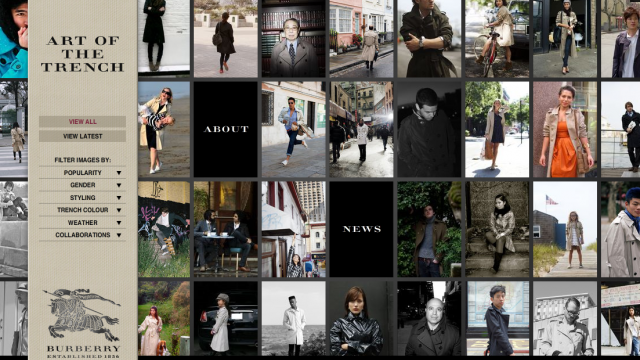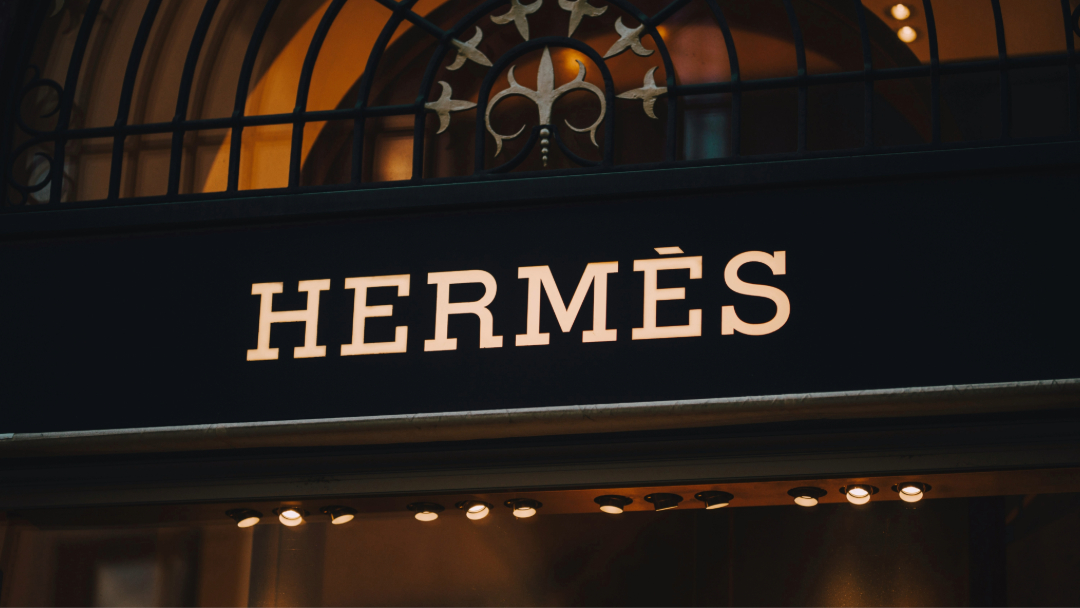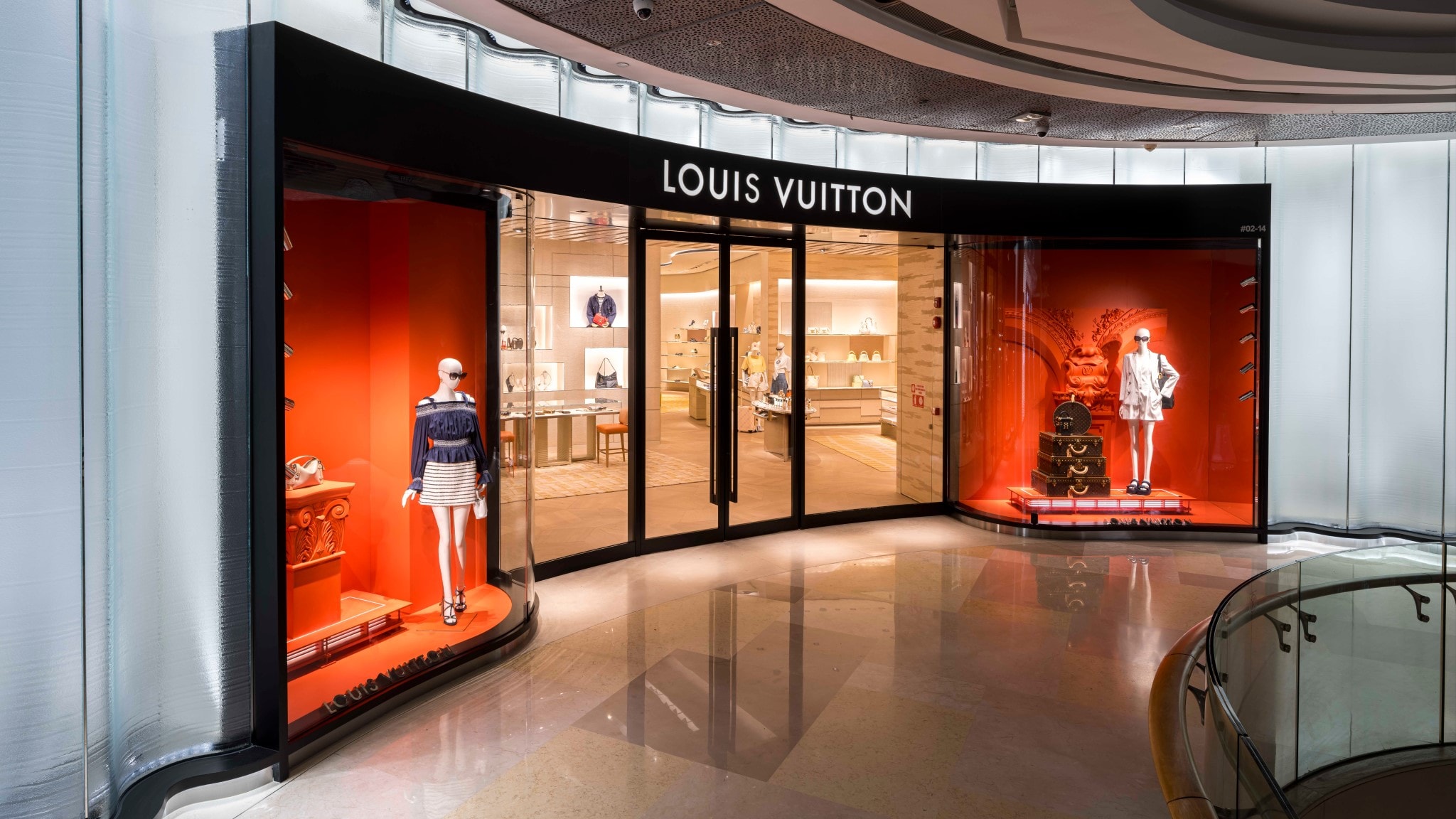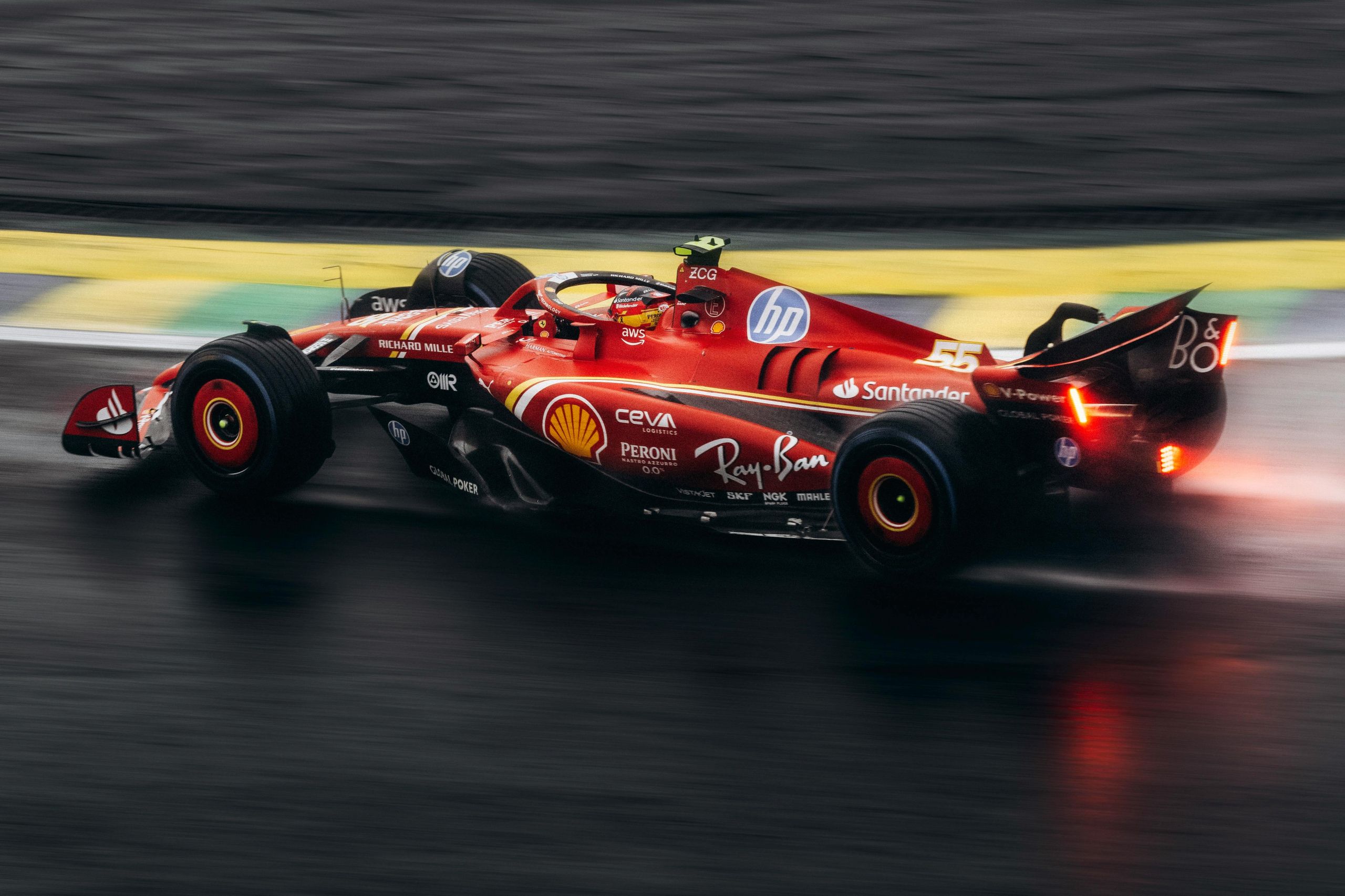The Luxury Channel presents an round up of luxury in India and examines the driving factors behind Indian consumers

The Luxury Channel presents an round up of luxury in India and examines the driving factors behind Indian consumers
The Luxury Channel presents an round up of luxury in India and examines the driving factors behind Indian consumer.
China continues to dominate luxury media, following the news that it has become world’s second largest economy, but with the increasing number of Indian HNWI’s, more and more luxury sectors are turning their eyes to New Delhi and Mumbai. Everyone from Starwood to Audi to Burberry are launching boutiques, announcing partnerships and building distribution centres for the Indian market.
But not only is luxury coming from the west, India is increasingly responsible for production and provision of market leading luxury products and services. Tata Motors acquired Jaguar Land Rover in 2008, since which it has spent five quarters in the black, pioneered the in-car iPad and recently announced an expected profit of $1.6bn. The Tata Group is also responsible for the Taj Hotels brand, encompassing over 70 hotel properties, private islands and luxury resorts, as well as a sister brand Taj Air, dedicated to private jets.
Another key Indian player, Gitanjali Gems, is said to have over 50 per cent market share of the overall organised jewellery market. It exports cut and polished diamonds and finished jewellery products to markets in Europe, the United States, the Middle East and Asia, with expected sales of over $2bn in 2011.
Mumbai based Oberoi Group recently attracted the attention of Mandarin Oriental Hotel Group and Starwood Hotels & Resorts, who are in discussions to manage an upcoming Mandarin Oriental or St Regis hotel property in Worli. Their own activities include operation of 28 hotels and three cruisers in five countries under the luxury ‘Oberoi’ and five-star ‘Trident’ brands. The Group, formed in 1934, is also engaged in flight catering, airport restaurants, travel and tour services, car rentals, project management and corporate air charters.
And then there is of course India’s famed fabrics and embroidery, of which high profile manufacturers like Dries Van Noten and Hermès have been long time collaborators and champions. India might still be considered a developing market from the perspective of the West, but it is steeped in traditions of luxury across many sectors.
In partnership with CNBC Europe The Luxury Channel are in a unique position to offer LS members preferential sponsorship opportunities through advertiser funded programming to enhance their brand on their weekly ‘Luxury Life’ series and on major international broadcasters BBC World News, CNBC, National Geographic, FOX Channels . Engaging an audience of 250 million high net viewers and syndicating through trusted 3rd party media partners, 40 million high net worth viewers through USA Hotel Networks and Forbes.
For further information on the The Luxury Channel platform please contact Eadaoin Kelly










